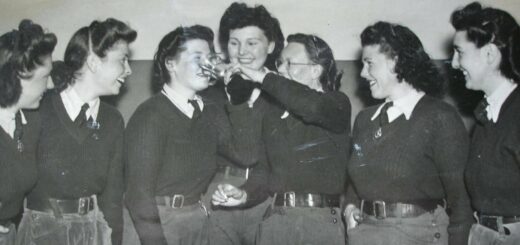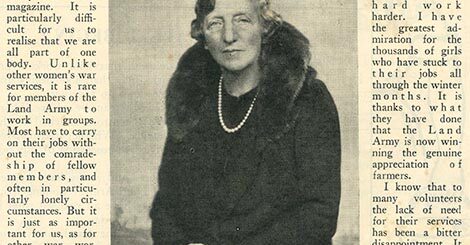Running the WLA: Land Girl Welfare
Our last post on running the WLA explored the role of The Land Girl in bringing women together across the country. This month’s post places The Land Girl magazine in the wider context of Land Girl welfare. Many women were thrown in at the deep end as they started working in the country for the first time. This post explores some of the ways that the WLA helped to maintain morale and ensure that Land Girls lived as happy lives as possible while undertaking agricultural work.
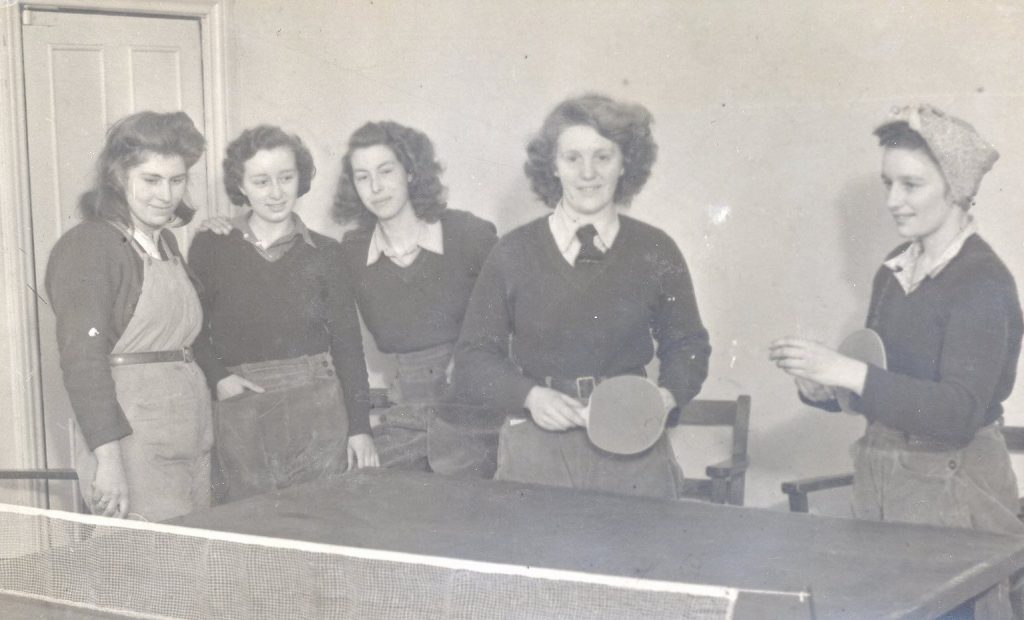
Source: Stuart Antrobus.
The WLA recruited unpaid district and local representatives to ensure that Land Girls had a point of contact if anything went wrong. Whether it was unfair treatment by the farmers, farmer’s wives, underpaid wages, poor accommodation, disagreements with other Land Girls, or homesickness, the WLA ensured that women had someone to whom they could raise their concerns. Whether Land Girls approached these women, and if they did, how well they dealt with such complaints varied by individual case. Marion Jeffries in her book on WLA hostels in Yorkshire, shares some of the complaints which the local County Secretary had to deal with:
- ‘The girls quarrelled with the farmer’s wife so they did not speak for two years’.
- ‘The girl had an extremely dirty head
,lice, so she was sent home’. - ‘The girl refused to feed pigs so the farmer gave her a minute’s notice’.
The WLA representatives acted a mediator in these conflicts and had to decide in the above scenarios, whether to move Land Girls on from their billets into other accommodation.
The WLA tried to ensure that Land Girls were integrated into the local community, by linking them up with local groups such as the Women’s Institute and agricultural groups. British and American bases often held dances and parties, which provided the perfect opportunity for these young women to enjoy good music and dancing as well as meeting members of the opposite sex. It was a chance for women to leave the labours of the day behind and to meet other young people, which was often the highlight of the week or month. Despite such evening entertainment, women had to be back at their lodgings by 10pm, or else…
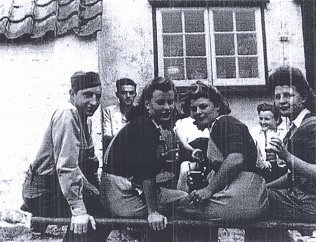
Source: Stuart Antrobus.
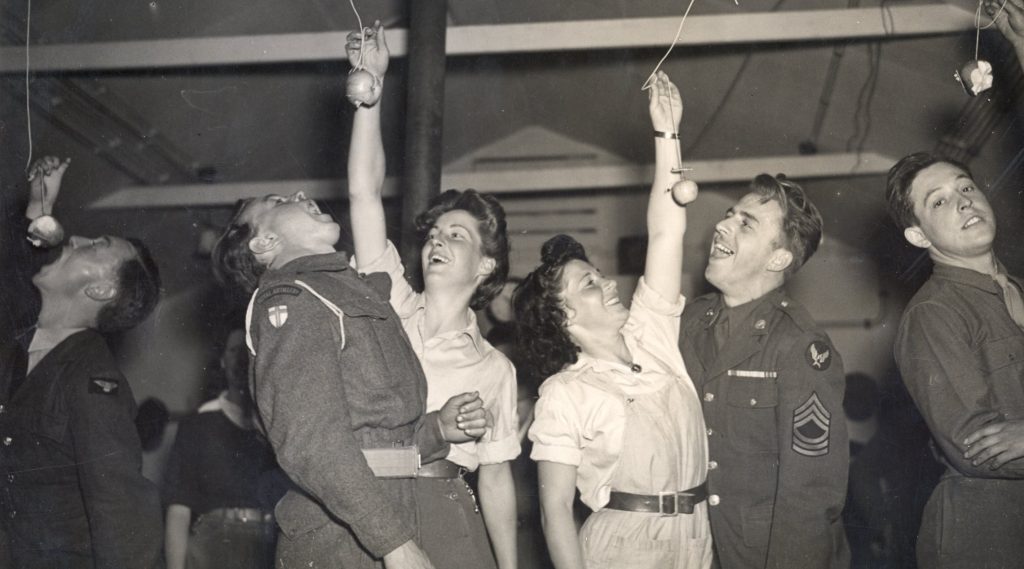
Source: Stuart Antrobus.
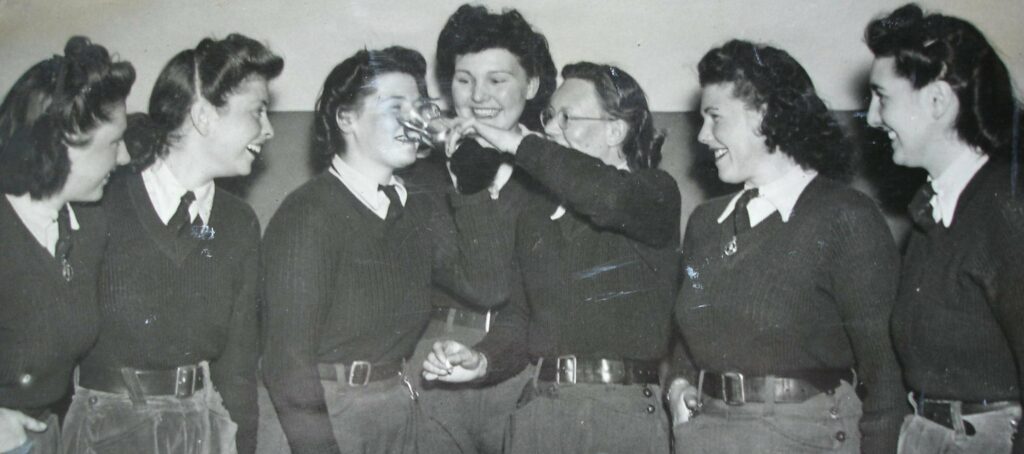
Some Land Girls, a minority who worked within travelling distance of home, were able to visit friends and family fairly regularly. Most were only able to visit home a few times a year and had to keep in touch by letter. Land Girls working either singly or in pairs on isolated farms, who lived close enough to towns, sometimes had access to Land Army clubs. These clubs gave them the opportunity to meet other Land Girls in comfortable surroundings and over good food on Saturday afternoons. The WLA Club in London was special, for those who could get to it. It opened on 14th June 1944, offering a place of luxury and inculcating a wider shared wartime identity.
For Land Girls living in hostels, there was often greater thought given to the recreational facilities. Pianos, record players, libraries, dart boards, table tennis, board games, these were just some of the amenities which some Land Girls could enjoy in their free time. They also had resident Wardens (often provided by the YWCA) whose job it was to look after the welfare of the young women under their care. Alongside the different amenities provided by the WLA, Land Girls frequently staged their own amateur dramatic productions, quizzes and other events, raising money for the WLA’s Benevolent Fund.
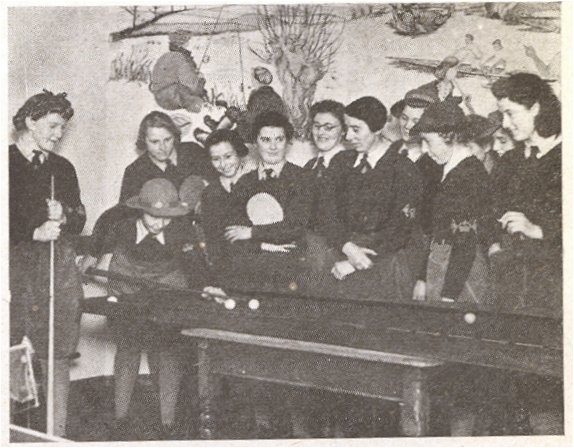
Overall, the
WLA took seriously the need to have social support mechanisms at both the
national and local level. This support helped to ensure that women were
supported and integrated successfully into their wartime work and countryside
life, so they could would be as happy, and as productive, as possible.
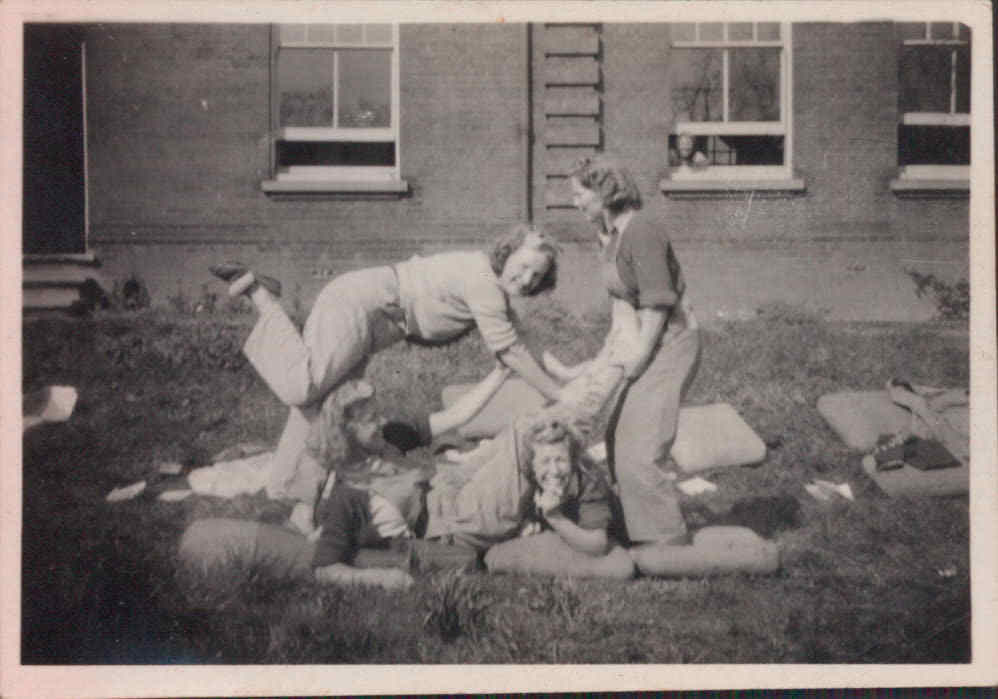
Source: Joan Birchall Photo Archive
Find out more
Jefferies, Marion. Yorkshire Women at War: Story of the Women’s Land Army Hostels. Barnsley: Pen and Sword Military, 2015, p.47.
The Land Girl, July 1944, p. 8
